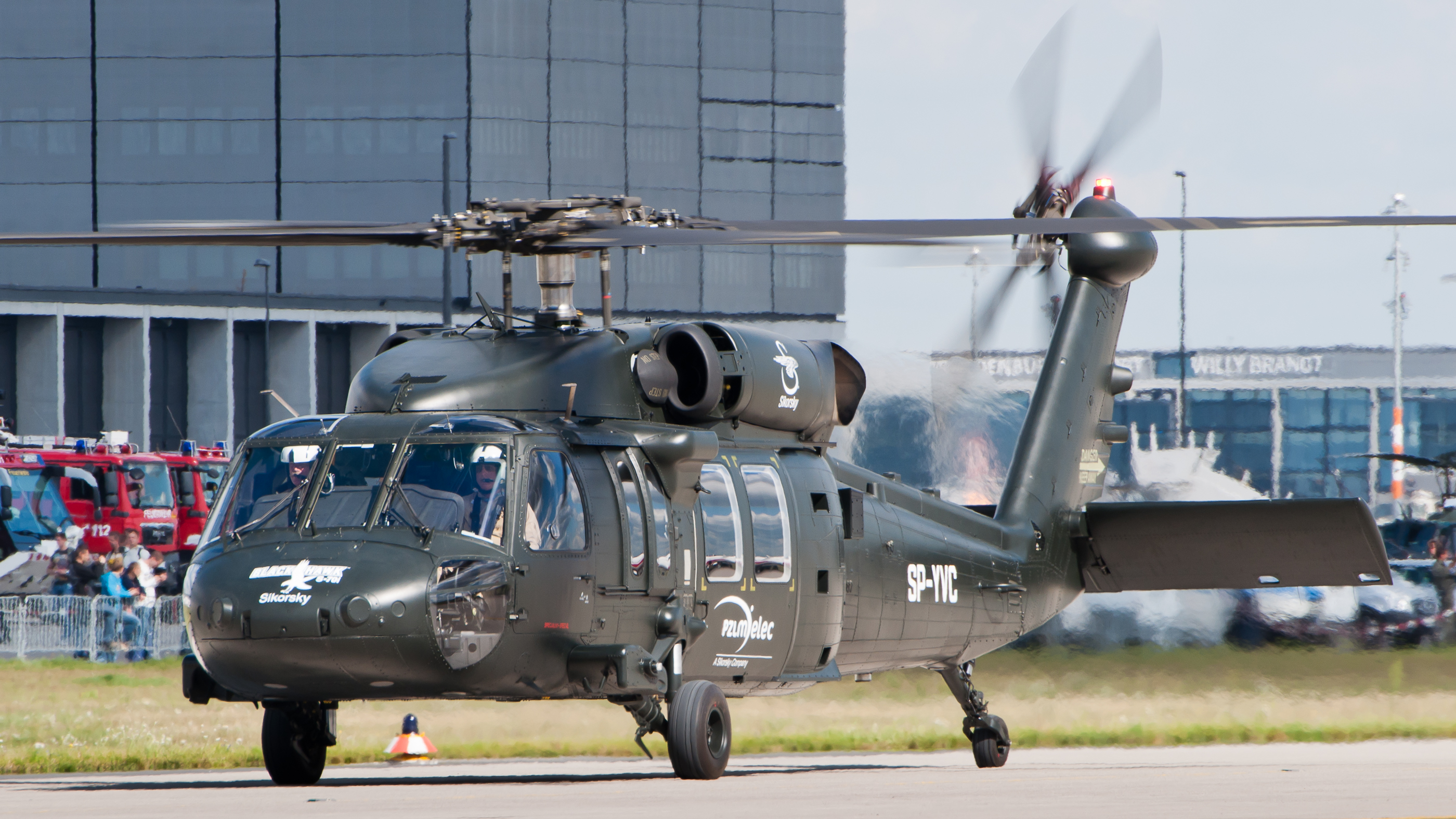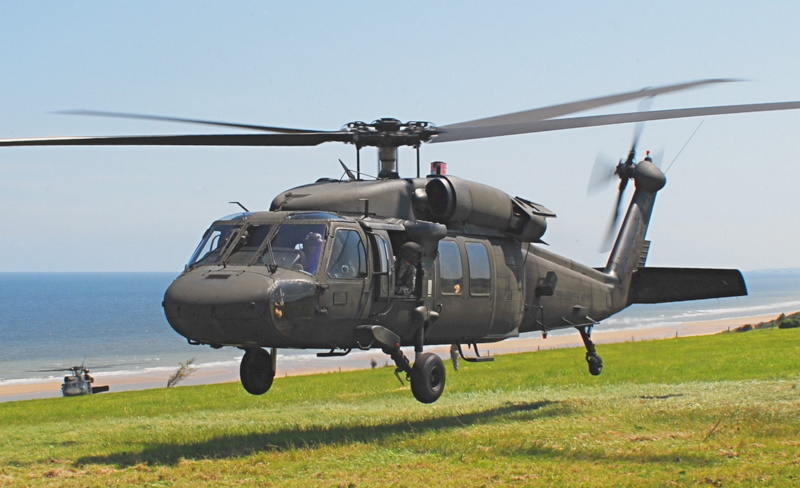The Sikorsky S 70 Helicopter: A Deep Dive into Its Design and Efficiency
The Sikorsky S 70 Helicopter: A Deep Dive into Its Design and Efficiency
Blog Article
Modernized Vertical Lift System With Advanced Composite Structures and Enhanced Precaution
In the realm of vertical lift platforms, a substantial change in the direction of modernization has actually been observed, driven by the assimilation of sophisticated composite structures and enhanced safety steps. In exploring the merging of innovation and security in modern-day lift systems, a compelling story arises, showcasing the capacity for transformative innovations that provide to the ever-evolving demands of industrial sectors.
Advancement of Upright Lift Platforms

The advancement of vertical lift systems can be mapped back to fundamental pulley systems and very early lift designs. Gradually, technologies such as hydraulic systems, electrical motors, and advanced control systems have actually significantly improved the effectiveness and safety of these systems. Makers have actually likewise concentrated on improving the security, reach, and load-bearing capacities of vertical lift platforms to satisfy the varied needs of various sectors.
Furthermore, the assimilation of smart technologies like sensing units, IoT connectivity, and automation functions has additionally changed the abilities of modern vertical lift platforms. These technical enhancements not only improve functional performance however additionally ensure heightened safety and security requirements for workers using these systems at numerous heights. The continuous evolution of upright lift platforms underscores their essential duty in enhancing vertical flexibility throughout industries.
Combination of Advanced Composite Structures

In addition, using advanced composite materials allows for even more complicated and maximized architectural designs, allowing designers to customize the system's homes to fulfill certain efficiency demands. This modification can result in enhanced the rules of aerodynamics, minimized resonances, and enhanced general security during operation. The integration of advanced composite structures additionally adds to a reduction in upkeep expenses and downtime, as these materials display superb resistance to ecological aspects and have a longer solution life compared to standard materials. On the whole, the consolidation of advanced composite structures in contemporary vertical lift platforms represents a significant innovation in aerospace technology, causing more efficient, trusted, and much safer aerial transport systems.
Enhanced Safety And Security Procedures Execution
Implementing improved safety and security actions is imperative in making sure the optimum efficiency and reliability of contemporary vertical lift systems. These steps incorporate a series of strategies intended at mitigating dangers and improving general safety standards. One vital aspect of boosted safety measures is the integration of innovative sensing unit modern technologies to keep track of various parameters in real-time. By using sensors for functions such as architectural health and wellness tracking, tons monitoring, and ecological sensing, prospective hazards can be identified early, allowing for proactive upkeep and rehabilitative activities.

Market Applications and Advantages
With developments in technology and design, improved vertical lift platforms have found diverse applications across various sectors, offering considerable advantages in effectiveness and efficiency. The building industry advantages from vertical lift systems by making it possible for employees to access elevated areas securely and effectively, enhancing overall project timelines.
Moreover, vertical lift systems play an important function in the repair and maintenance of framework such as bridges, power lines, and buildings, enabling specialists to reach inaccessible locations easily (sikorsky s 70). The aeronautics market also leverages these systems for airplane upkeep and setting up tasks, enhancing process performance and making sure worker safety at heights. Generally, the widespread adoption of up-to-date vertical lift systems across markets highlights their convenience and the substantial improvements they bring to various procedures
Future Trends in Lift System Technology
Integrating advanced automation and smart attributes, lift system technology is poised to reinvent vertical transportation this content systems in the future. One key fad is the integration of Net of Points (IoT) technology, enabling lift systems to interact real-time data for Read Full Article anticipating upkeep, optimizing performance, and enhancing safety and security. Expert system and artificial intelligence formulas are likewise being incorporated to analyze patterns, forecast possible problems, and boost performance. The usage of innovative materials such as carbon fiber composites is on the increase, supplying boosted longevity and stamina while lowering overall weight. Improved precaution, including biometric authentication and emergency reaction systems, are ending up being typical functions to make certain guest safety and security. Furthermore, modular designs and personalized configurations are getting appeal, enabling for higher flexibility to various atmospheres and demands. As lift system innovation proceeds to progress, these trends are set to shape the future of vertical transport, making it extra effective, safe, and user-friendly.
Final Thought
To conclude, the up-to-date vertical lift system showcases the advancement of technology in the industry. By incorporating innovative composite frameworks and boosted safety actions, this platform uses enhanced efficiency and safety for numerous applications. The market can benefit greatly from these developments, and future trends in lift platform modern technology are likely to continue surpassing these innovations for even better success and efficiency.
In the realm of upright lift systems, a considerable shift in the direction of innovation has actually been observed, driven by the combination of innovative composite structures and heightened safety and security procedures. The continual evolution of vertical lift platforms highlights their this link essential function in improving upright mobility across sectors.

The consolidation of sophisticated composite frameworks in modern-day vertical lift systems has considerably improved their structural stability and efficiency capacities. By incorporating these innovative composites into the design and construction of upright lift platforms, makers can minimize overall weight, boost load-carrying capability, and enhance the system's resilience and durability.
Applying boosted safety actions is critical in ensuring the ideal efficiency and integrity of modern upright lift platforms.
Report this page